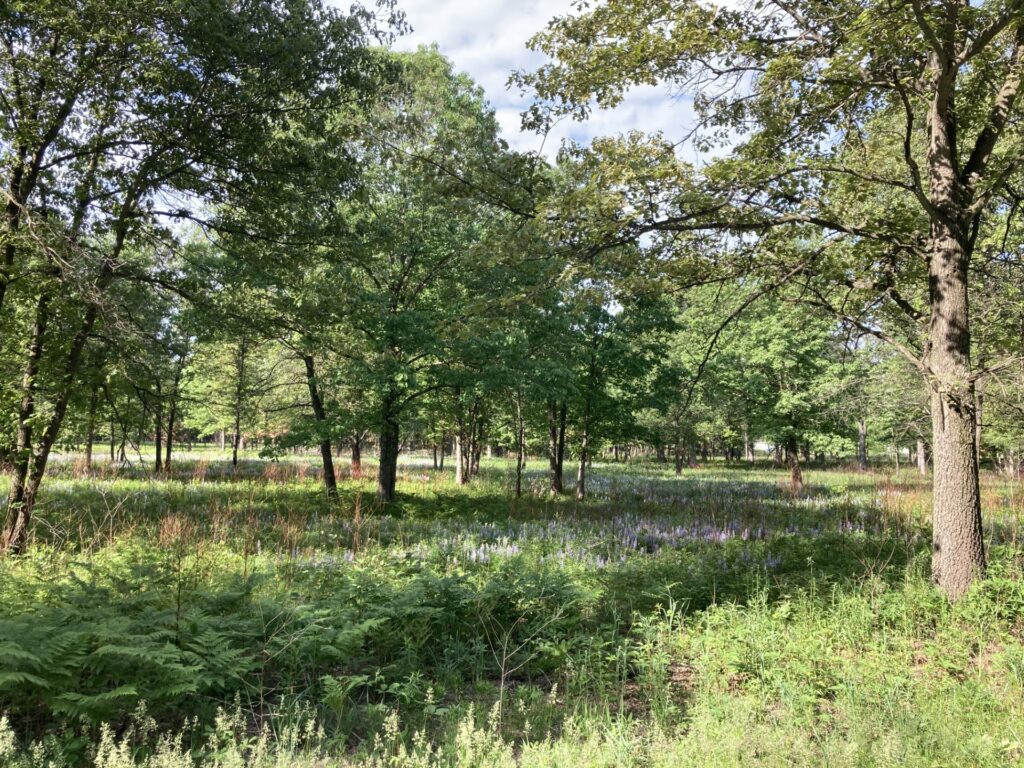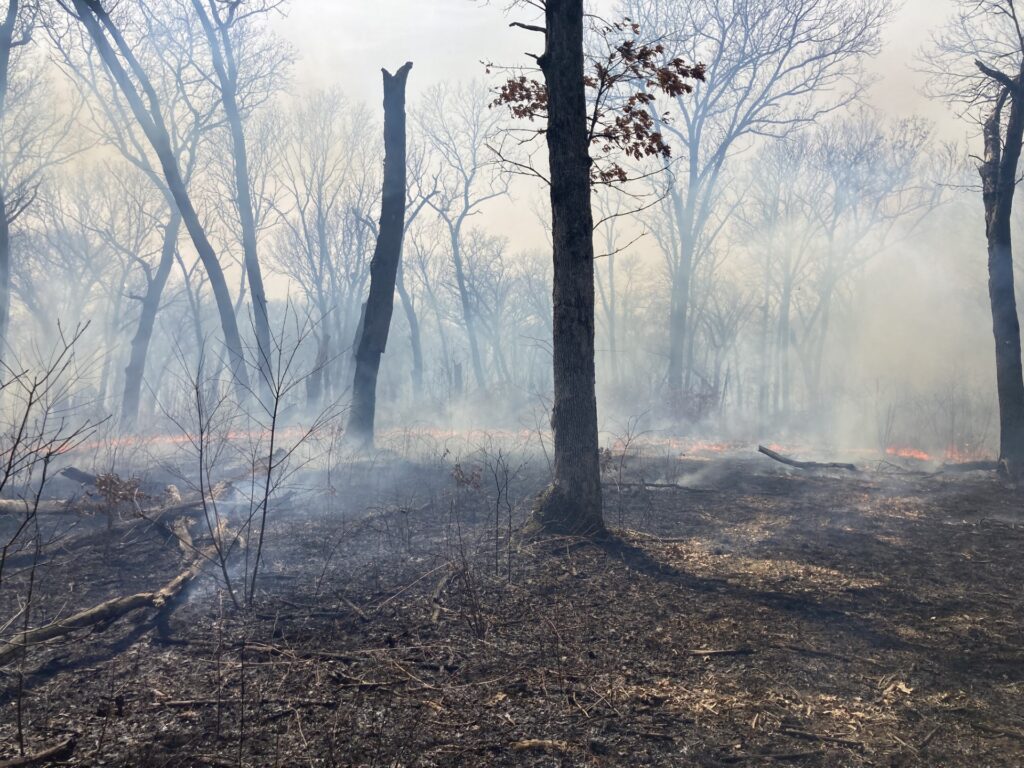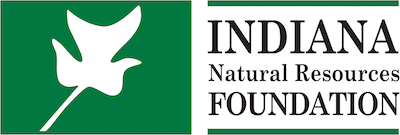Savanna Habitat Restoration Continues at Willow Slough

In the fall of 2021, the Indiana Natural Resources Foundation donated $40,000 to Willow Slough Fish & Wildlife Area in support of an ongoing oak savanna habitat restoration project. After two years of dedicated work from property staff, nearly 150 acres have been returned to the once prominent habitat using those funds.
Indiana’s public lands are composed of many types of ecosystems. While many Hoosiers and visitors are likely used to exploring the dense forests or rolling rivers, historically, savannas were a common habitat, especially in the northwest region of the state. Willow Slough staff have been actively working to re-establish healthy savanna habitat on the property for approximately 10 years.
Savannas are unique plots of land that feature a combination of grasslands and sparse tree coverage. With less density than you may find in a forest or woodland, a savanna gives wildlife, pollinators, and a range of plants the opportunity to succeed thanks to more sunlight and less competition.

Oak savanna habitat at Willow Slough FWA
“Deer, for example, thrive in the area because of the openness of the canopy, which creates forage on the ground,” said Mike Schoof, property manager at Willow Slough. “It also allows for wind flow and dryer ground, which keeps parasites and ticks at bay.”
For Schoof and the rest of the property staff, the work continues even after the savanna habitat has been established. Through a strategic mix of management practices, they work to ensure that the habitat succeeds and provides the necessary resources for the species in the area. One common practice is using prescribed fire across the roughly 10,000-acre property.
“It’s a balancing act to keep canopy oak trees thriving but also allow for a good number of young oaks to continue their development,” Schoof said.
An average year at Willow Slough sees controlled burning used on approximately 2,000 acres, with a focus on the savanna units. Prescribed fire is a valuable tool because it mimics natural disturbances that historically maintained the savanna. The rotational burning has given the staff the opportunity to observe and track numerous positive results of their work.

A controlled burn at Willow Slough FWA.
Schoof highlights one area of the property as a prime example. Once home to five or six bee species, the area on the northern end of Willow Slough now regularly sees 13 bee species, including a few that are rare in Indiana. Bobwhite quail are another species that have seen impressive growth over the last few years as fall covey counts have increased by more than double since work began.
Willow Slough’s oak savanna, wetlands, and 1,200-acre J.C. Murphey Lake make it a prime spot for hunting, fishing, and wildlife watching. With the endless work of property staff, and the continued investment in projects such as the oak savanna restoration, the property’s outdoor recreation opportunities continue to get better.
We can celebrate and preserve Indiana’s natural legacy thanks to the generous support of our donors and partners. If you wish to help maintain Indiana’s rich biodiverse ecosystems, please consider donating to the INRF today.
